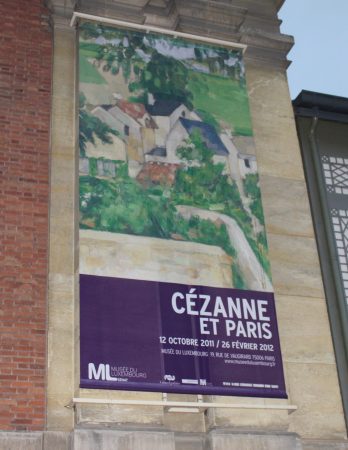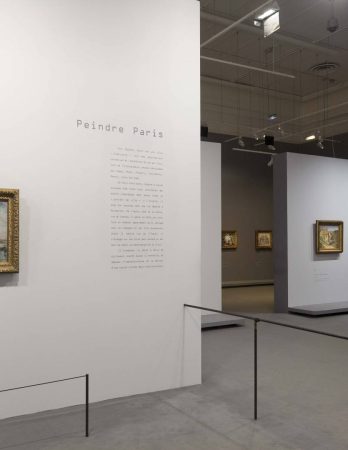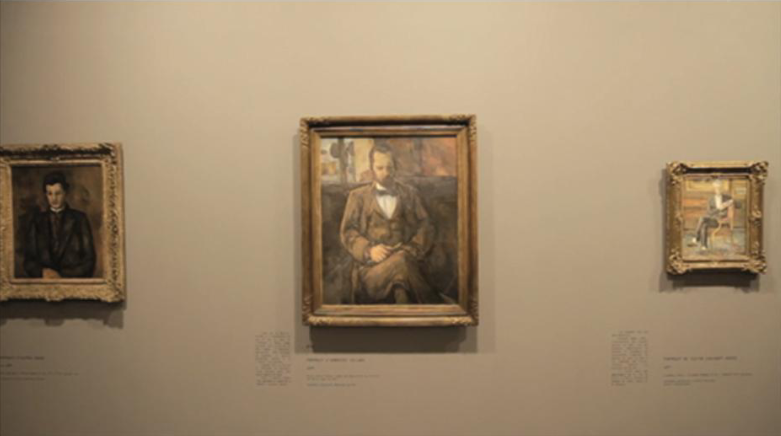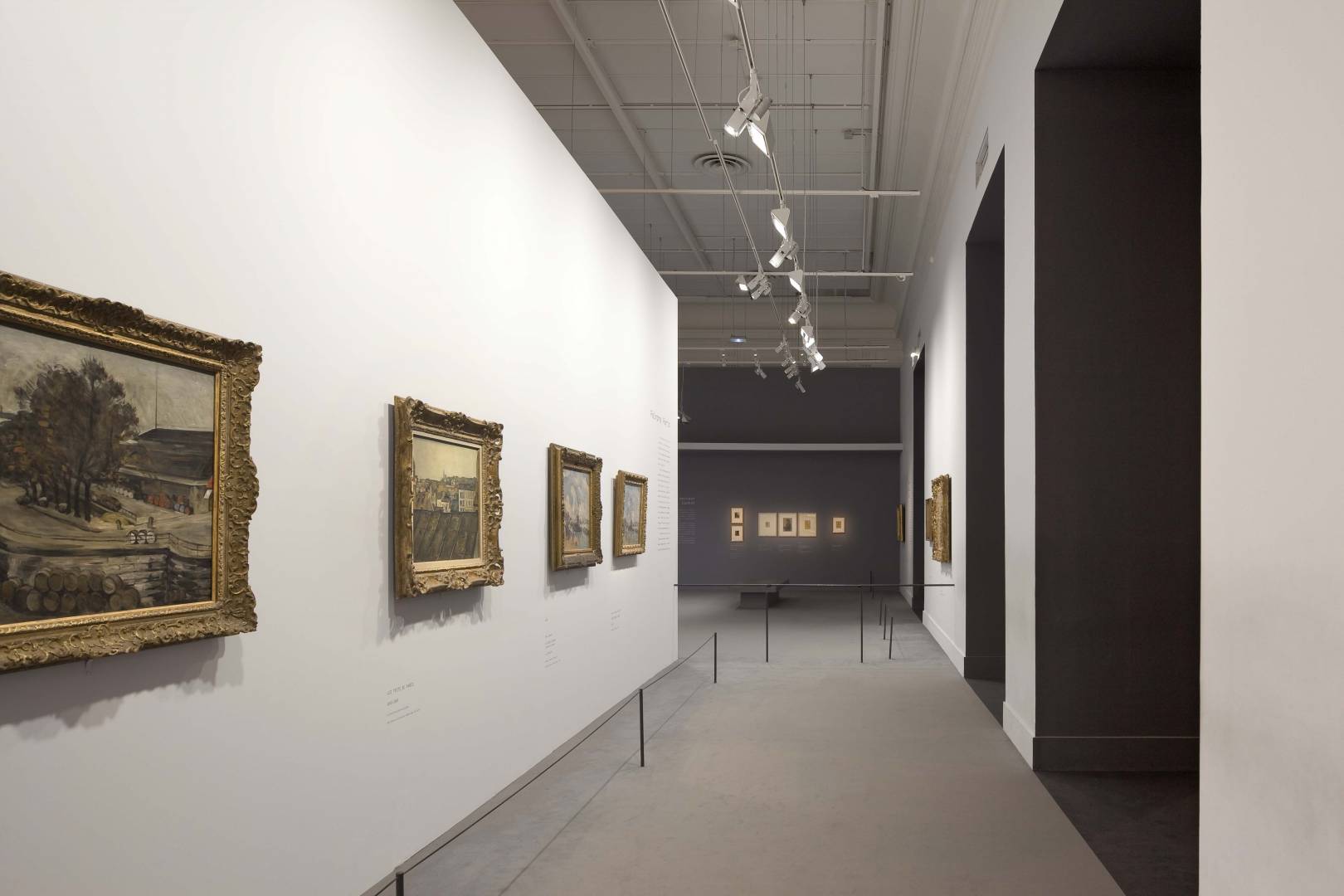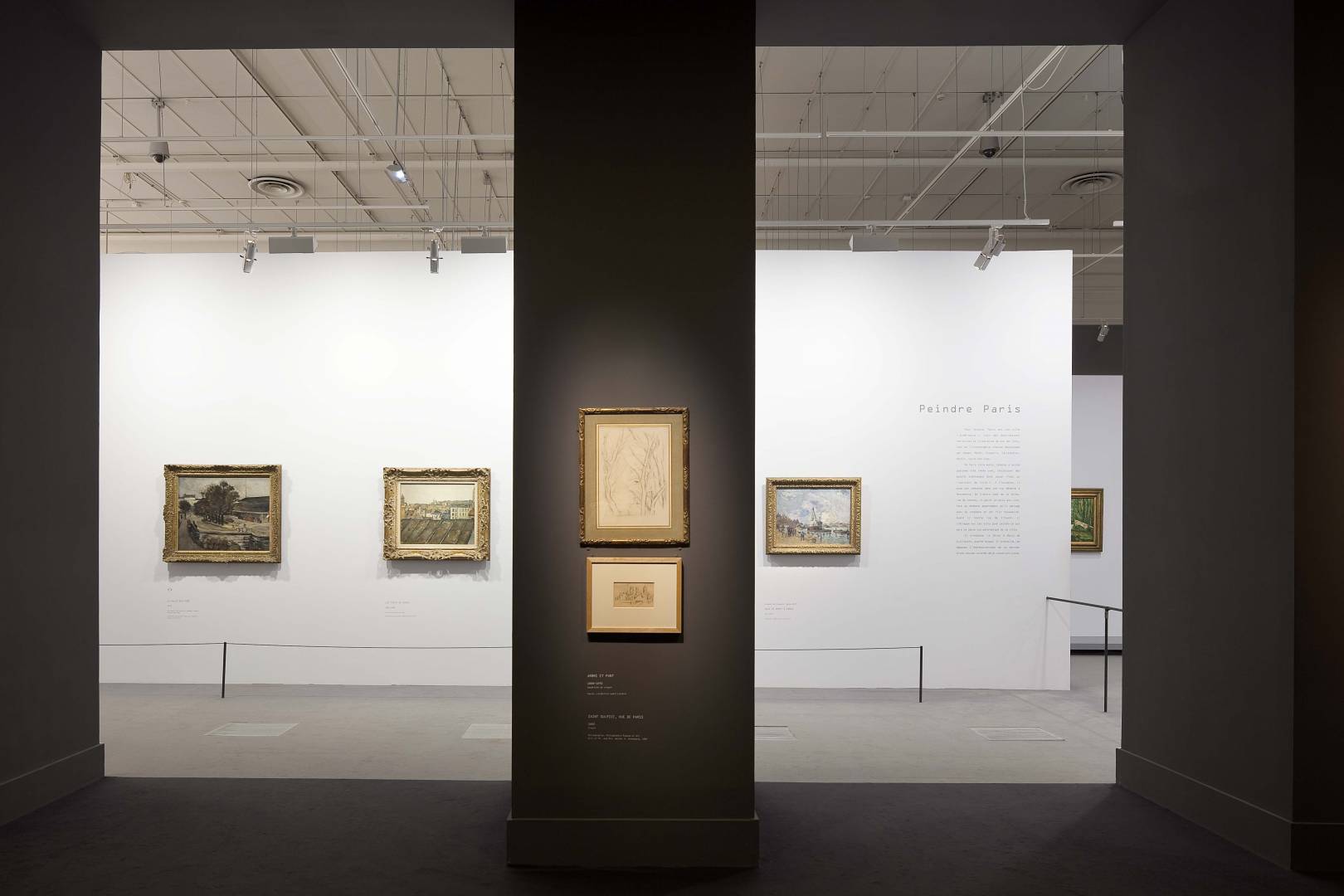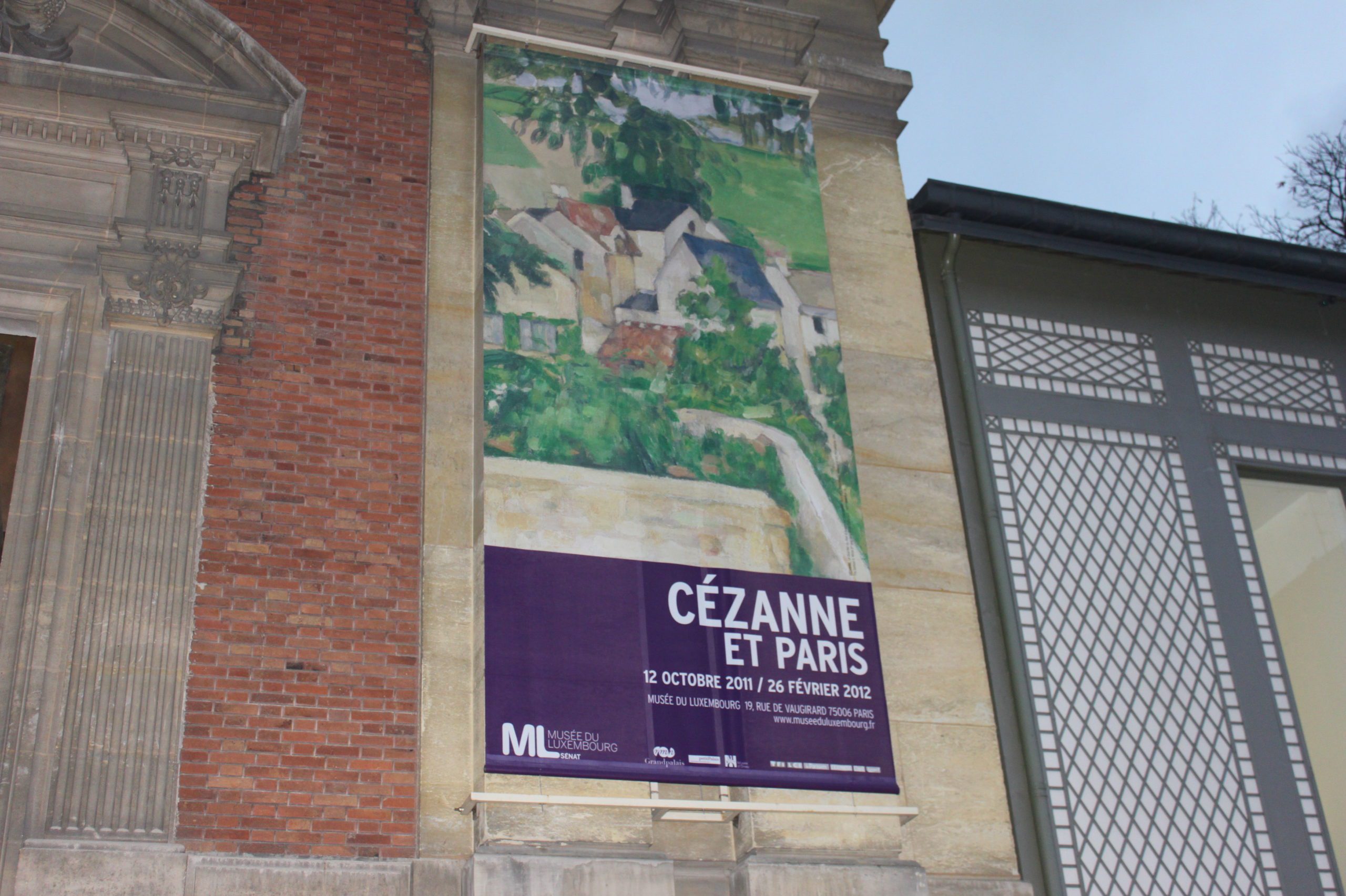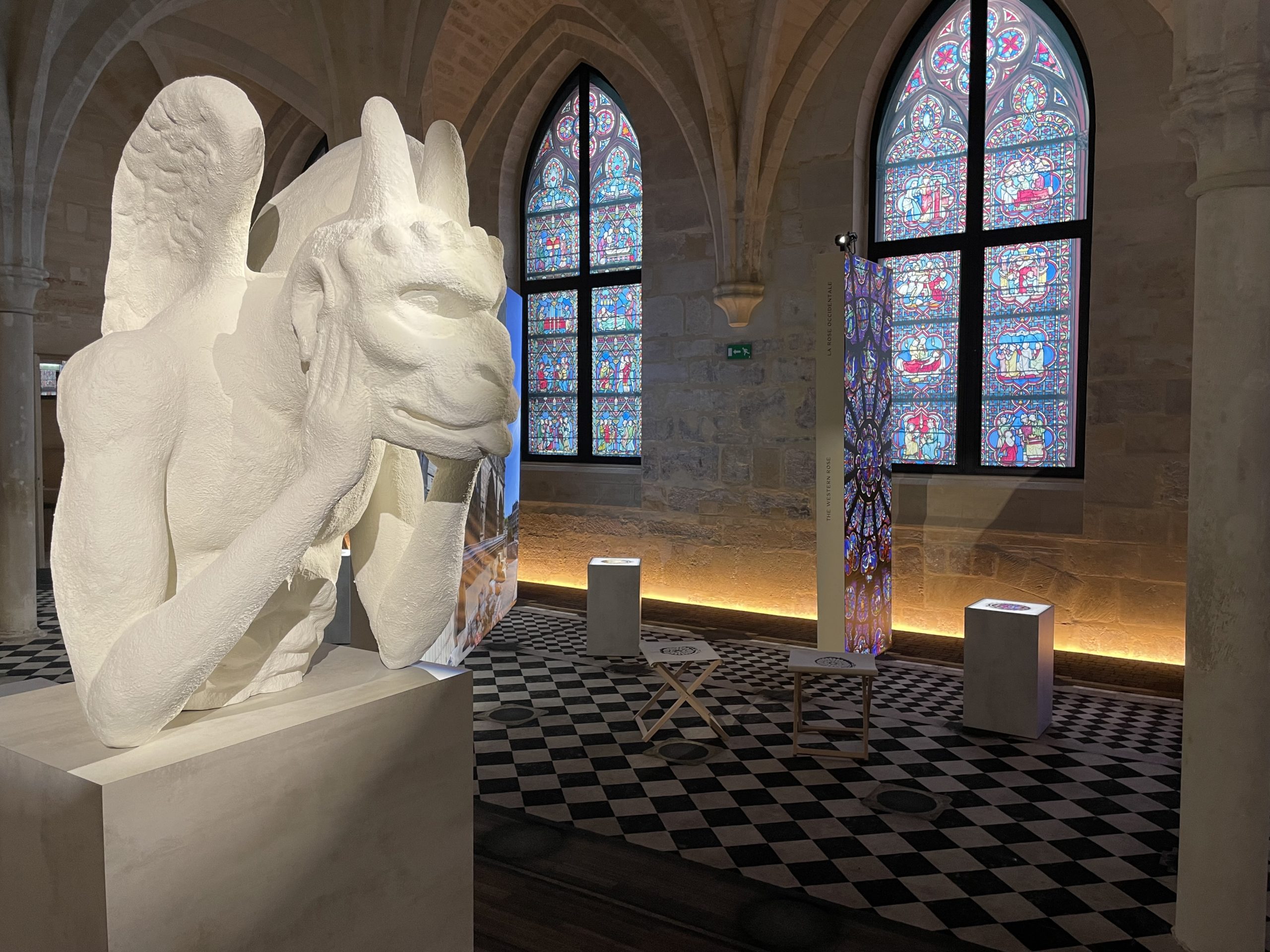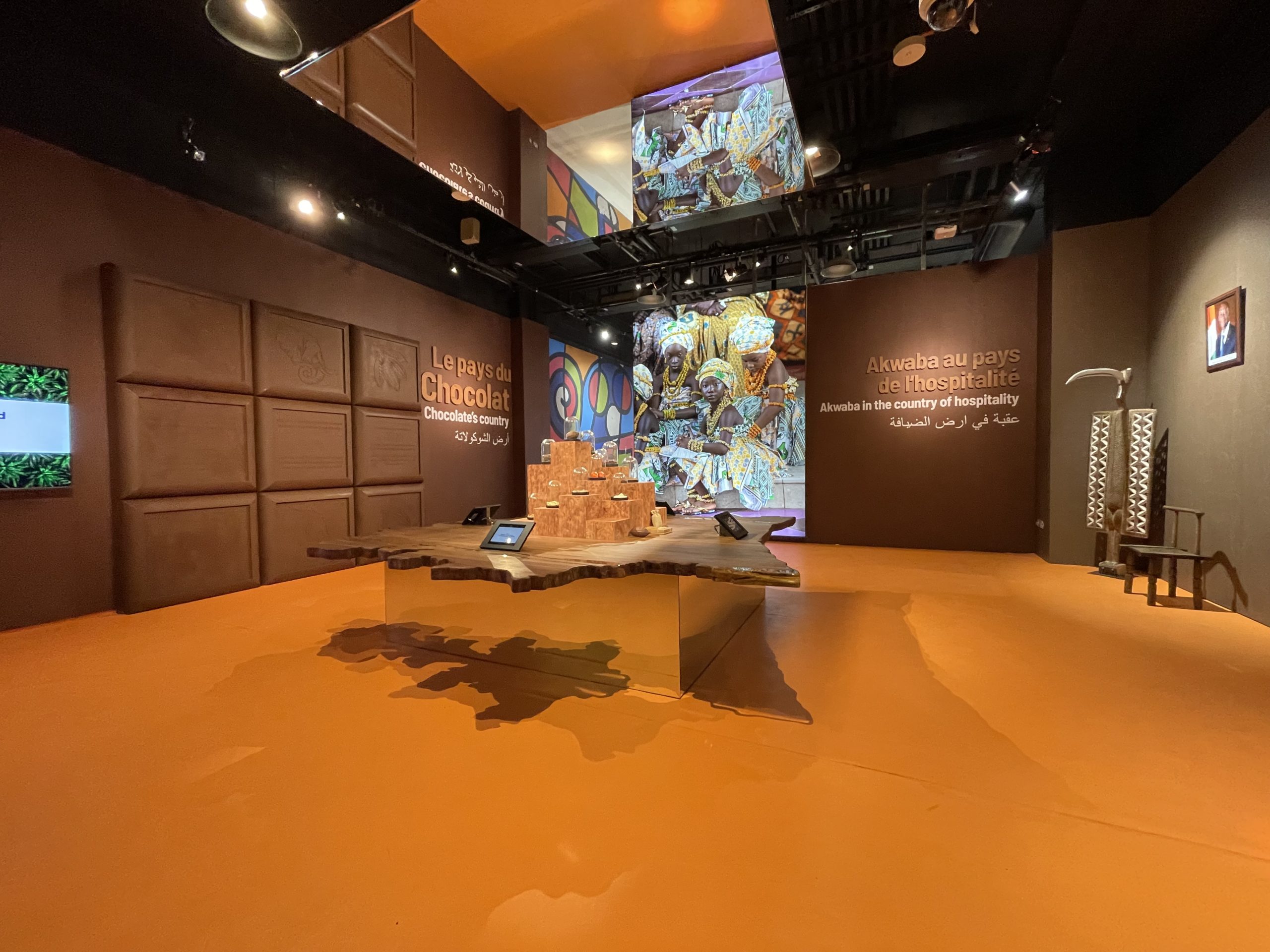Cezanne (1839-1906)
Cézanne (1839-1906), whom a tenacious legend describes as the solitary «Master of Aix» who retreated to Provence, never really left the capital and the Ile-de-France. Between 1861 and 1905, he kept coming back and forth and drew his inspiration from it. His work bears witness to these trips during which he frequented the impressionists, Pissarro, Guillaumin, Renoir and Monet. Some of his friends like Doctor Gachet, in Auvers-sur-Oise, strongly supported him.
In Paris, Cézanne was confronted with both tradition and modernity. He found the «formulas» before exploiting them in Provence (more than twenty times he went to and from Paris to Provence). The exhibition sheds light on the major themes that he explored at the time: some views in Paris, the landscapes of Ile-de-France, nudes, still life and portraits.
His friendship with Zola was privileged. After 1890, critics, merchants, and collectors began to take an interest in his work. Cézanne showed himself attentive to this recognition which could only come from Paris. Thus, he made his mark in modern art world : the avant-garde considered him a precursor, «father to all», according to Picasso’s formula.
